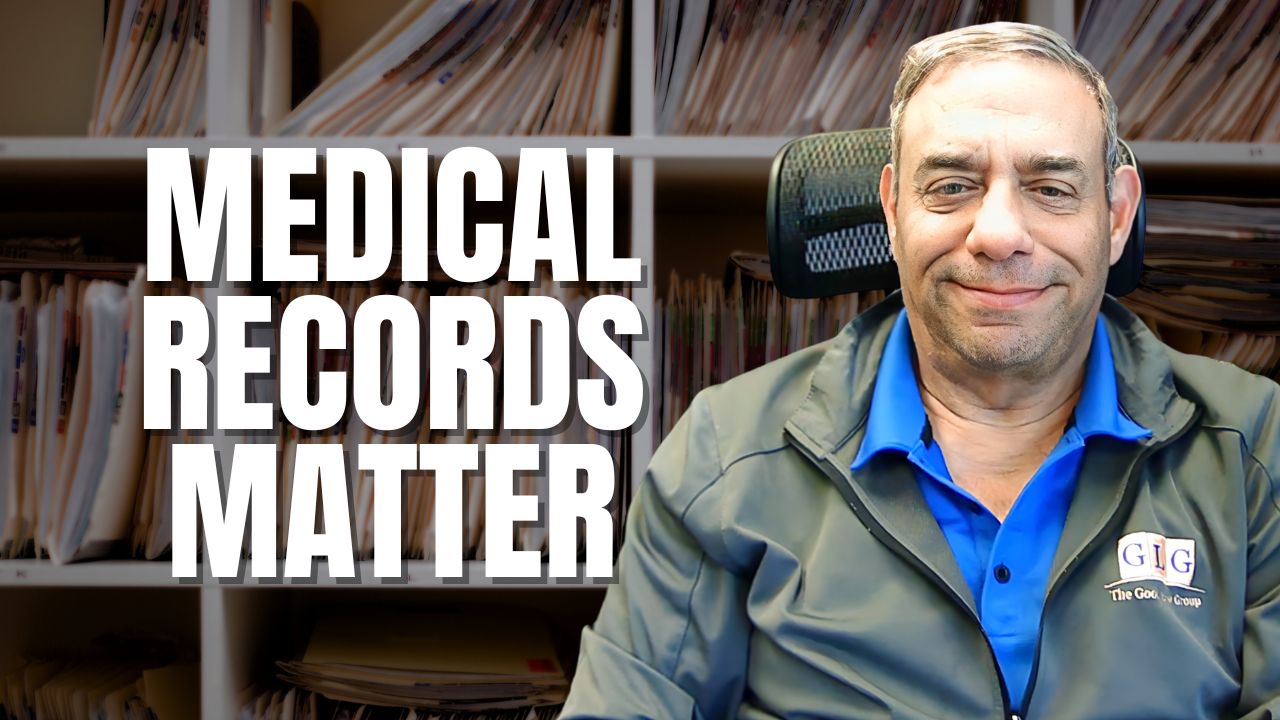Chronic Regional Pain Syndrome (CRPS), is a rare, neurological disorder that affects up to 200,000 people each year. Tissue damage to the nervous and/or immune system following some type of trauma, usually a musculoskeletal or nerve injury, surgery, or prolonged periods of immobilization. The damage causes the nerves to misfire, at which point they begin transmitting constant pain signals to the brain. The level of pain can be quite severe, and is often out of proportion to the precipitating injury; left untreated, CRPS can worsen over time.
There are two types of CRPS. Type 1, or reflex sympathetic dystrophy syndrome (RSDS), follows an illness or injury that did not directly damage the nerves in the affected limb; this is the most common form of CRPS. Type 2, (causalgia in the past), is the result of a distinct nerve injury.
CRPS/RSDS affects at least one extremity (arm, leg, foot or hand). The primary symptom is intense, continual pain, but it may also cause:
-
Increased skin sensitivity;
-
Changes in skin temperature compared to the opposing extremity;
-
Changes in skin color and texture (i.e., blotchy, purple, shiny, sweaty);
-
Stiffness and swelling in affected joints, and;
-
Decreased ability to move the affected extremity.
Obtaining SSD Benefits with Chronic Regional Pain Syndrome
Unlike other medical conditions, the Social Security Administration does not have a specific listing for CPRS/RSDS. However, you may still be eligible for social security disability (SSD) benefits if you can prove that you have a severe medically determinable impairment documented by medically acceptable clinical and/or diagnostic techniques. The impairment must make you unable to participate in substantial gainful activity (earn more than $1,170 per month), and it must be expected to last a minimum of 12 months.
The SSA considers CRPS/RSDS to be a medically determinable impairment if it is documented by appropriate medical signs, symptoms, and laboratory findings; the SSA will not find it to be a disabling condition based on symptoms alone. There is no single diagnostic test to confirm a diagnosis of CRPS/RSDS. To be eligible for benefits, you must establish the presence of persistent complaints of pain at levels that are disproportionate to the severity of the precipitating event (the event itself must be documented and confirmed with appropriate medical imaging). In addition, you must exhibit one or more of the following in the affected area:
- Swelling;
- Autonomic instability, such as changes in skin color or texture, sweating, skin temperature, or abnormal goose pimples (pilomotor erection);
- Abnormal hair or nail growth (either too fast or too slow);
- Osteoporosis; or
- Involuntary movements of the body area initially injured.
These symptoms need not be continuously present; in fact, they are often intermittent, and may not even present at each medical exam. This is not enough to negate a finding of disability. However, the greater the number of references in your medical records to these symptoms, and their impact on your ability to work, the greater the chance that your SSD application will be approved. It is therefore extremely important that you maintain regular visits with your doctor and describe the symptoms you have experienced in the periods between visits.
Describing CRPS/RSDS Symptoms for SSD Benefits
Whenever possible, describe your symptoms and its impact using numbers, which are more objective than simple statements such as, “I experience pain in varying degrees every day.” Approval for SSD benefits depends on more than the presence of a disability; rather, it depends on whether that disability makes you unable to work. So, you must describe your disability in terms that give the disability adjudicator a clear picture of how the CRPS/RSDS impacts your ability to work. For example:
Patient experiences pain that ranges from mild to severe 6 out of 7 days per week. This pain is exacerbated by repetitive motions such as typing or filing, lifting objects 10 pounds or greater, bending, twisting, or reaching. On days when the pain is mild, the patient must take 5-10 minute breaks every 45 minutes to avoid pain levels increasing. On severe days, the patient is unable to perform any tasks and can do little more than sit or lie down.
Your medical records should also include a list of all treatments you have received, as well as your response to such treatment. If you have ended a prescribed course of treatment early because it was not working, or chosen not to participate in an available treatment because the risks outweigh any potential benefit, it should be noted with an explanation as to why treatment was ended or omitted. While the SSA does not require applicants to undergo every treatment option available, a record of treatments you have attempted – particularly those that were tried and failed – helps show that the likelihood of improvement and the ability to return to work is slim.
If you need help navigating the process of applying for SSD Benefits, consider the Good Law Group for your representation. Call our office #(847) 577-4476









